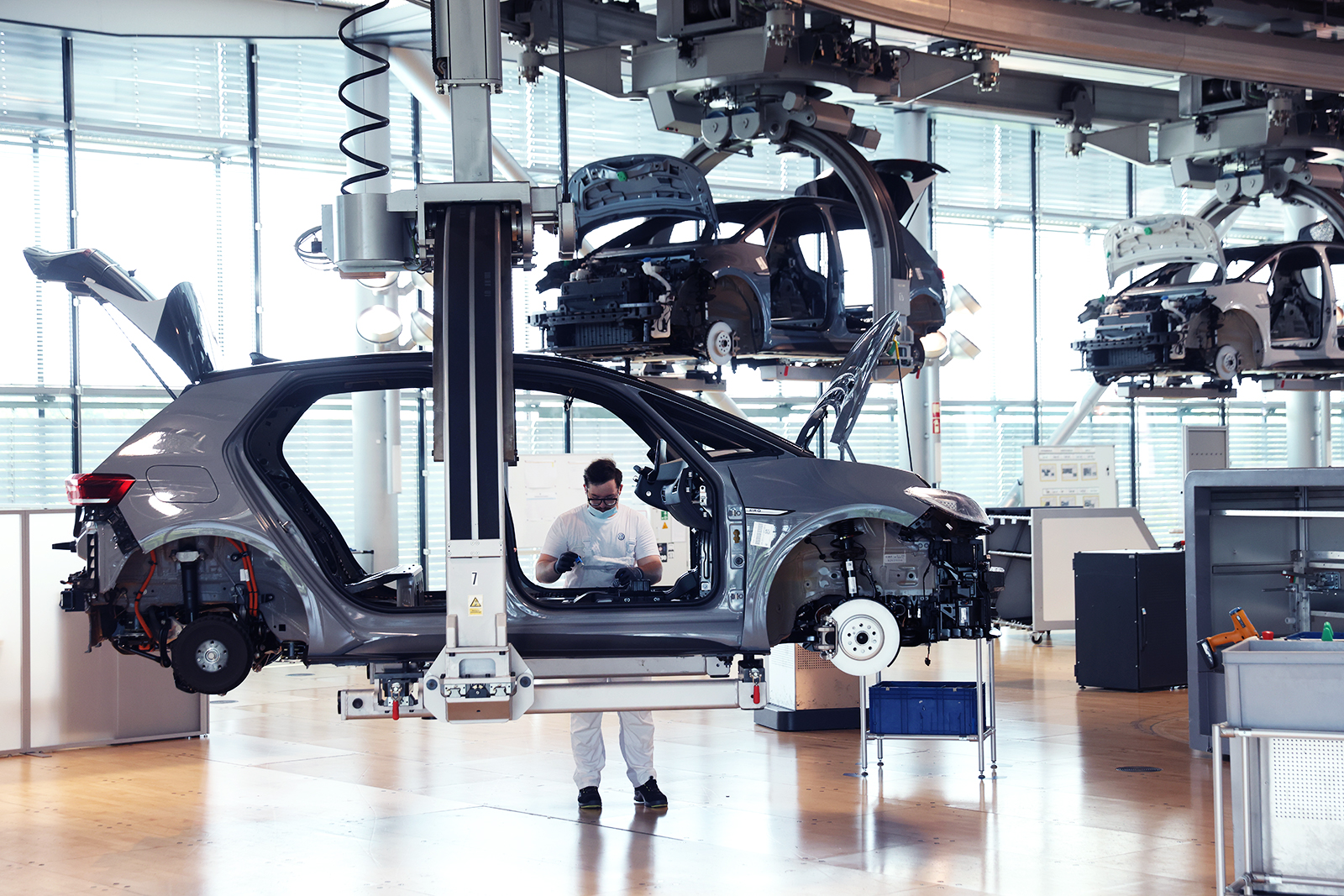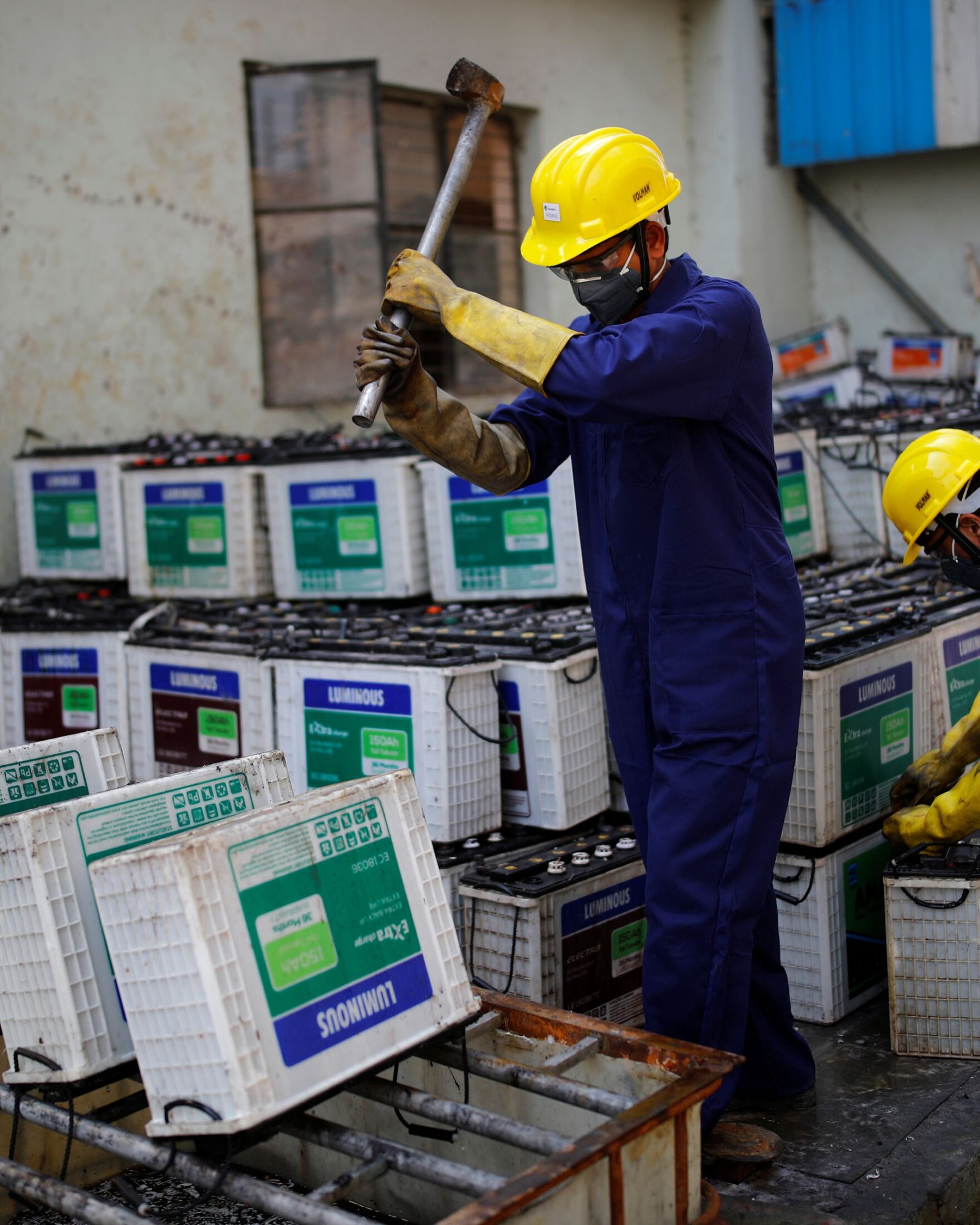
“Zero Emissions,” Electric Vehicles are considered the cleanest of the Vehicles on the market. They don’t run on fossil fuels, no engine oils required, no inefficient rotating machinery, just the power and drivetrains to run efficiently.
As electric vehicles become more popular around the world and the government has begun to push for mass adoption of EVs, there are some questions arise. Whether they are environmentally friendly as stated?
Expert suggests that greenhouse emissions during the EV manufacturing process and the Source of Charging EVs have to be considered.
So, the question is: Are Electric Vehicles More Green Than Gasoline Vehicles?
Yes, they’re a lot greener than ICEs but are they completely? Let’s see:
Table of Contents
Most Important The EV Battery Pack:
The major types of batteries used in electric vehicles are:
Nickel Metal Hydride batteries:
The first batteries used for electric vehicles are more common in computers and other electronic equipment while providing good energy and power capacity. They are common in HEVs due to their lower range and efficiency and are also heavier. Thus they are not used in commercial EVs.
Lithium Batteries:
The commonly used batteries don’t need any introduction as they are widely used from mobile phones to UPS. They have a range of 200-300kms, and with higher energy density, they are the most common batteries used. They are stable at room temperature, and there are research and prototypes that can go up to 1000km on a single charge. This makes it a viable and feasible alternative for ICEs and fossil fuels.
The major advantages also include their cost that they are cheaper to operate and the developing costs are also lower. They are lighter in comparison to Nickel-Metal and lead acid batteries. Still, in the past year, they have been under scrutiny for thermal runaway, and appropriate development under varied conditions is required to improve safety.
Lithium Polymer:
Another form of battery used, lithium polymer batteries, although not as common as Lithium-ion, have their advantages. They have higher energy density than lithium-ion, meaning they can hold more energy (range and power) at the same volume, are thinner, and have longer standby time. They have been used in EVs before, an example being Kia – Soul EV, and their 2020 model has a range of 390km, which is adequate for city and intercity travel.
Solid State Batteries:
The much-hyped development batteries, these SS batteries are expected to replace the above batteries with a goal of “reducing emissions” by 39% with an expected range of 960km. With cobalt removed, they are expected to improve the manufacturing capabilities, although it may require greater lithium than Lithium Ion batteries.
Sodium-Ion Batteries:
Sodium-ion batteries are similar to Lithium-ion batteries but use Na as cathodes. India is a front runner in this, with IITs developing Na-Ion batteries and superchargers with greater density than Lithium Ion. They are cheaper to manufacture and are ‘greener’ compared to their li counterparts of almost 45%. They are also versatile with their usage in solar panels and are expected to grow greater.
“Batteries to Reduce emissions”; Aren’t EVs green?
Yes, they are. But they aren’t completely green. The EV eco-friendly tag is often controversial and subject to tremendous scrutiny, mainly for fallacy, but sometimes there are genuine concerns. Let’s look at the natural conditions.
Impact of charging infrastructure:
Charging an EV is an essential condition. Although fossil fuels don’t power EVs, the charging stations are connected to the energy or power facility of the country/society. In the USA, 19% of the grid is related to fossil fuels (coal), and 40% is connected to natural gas. Even though natural gas produces half of the CO₂ emissions, the volume is twice that of coal. And the methane emission is significantly higher and is 80 times more prone to global warming than coal.

The scenario in India is no different either. Coal consumes 76% of India’s power supply, and if the scenario remains the same, the consumption of coal will increase with more EVs. But the energy consumption of the USA is almost thrice that of India’s.
This growth will increase due to per capita consumption and the use of cars as a mode of transport. But, the growth of renewable energy is accelerating, and India is already the third largest producer of renewable energy, with over 35% of installed capacity in 2020 alone.
With a target of 500 GW of energy through renewable sources, the anticipation of fossil fuels to power our EVs could be reduced.
Manufacturing of Electric Vehicles
The bridge between prototype and commercialization – Mass manufacturing:

The understated part of the destruction of the environment using an EV specifically goes to the manufacturing of EVs. More than EVs, a significant part of emissions goes to the manufacturing of batteries. Cobalt mining and its production and logistics take in 30-40% more emissions in that country, and they’re watered down as ‘initial investments.
The other issues lie with the available materials used to manufacture EVs, such as nickel and cobalt. Also susceptible to supply chain issues akin to the global semiconductor chip shortage due to the concentration of mines in selected areas, they aren’t environmentally friendly either. Also, to produce one 1 ton of such rare earth elements, 75 tons of acid waste and 1 ton of radioactive residues are leaked to the environment, almost always mishandled.
If it’s one-time use, can it be effective? The cost of recycling – or the lack of:
Battery Recycling

Another issue with Lithium Ion is recycling. Only 5% of lithium Ion batteries are recycled. The rest are burnt or dumped in landfills. They aren’t biodegradable, and incinerated batteries emit fluoride emissions. These impacts are similar to HFCs and CFCs and impact the environment. The greater the usage, the higher the research and requirement goes into recycling, and only after that the actual impact may get lowered.
In conclusion, EVs are more eco-friendly than ICEs but aren’t the final solution for a safer, pollution-free environment.
Development should go into battery manufacturing, the reduction in the use of REEs, and the upcoming development of HEVs, particularly hydrogen-based EVs (or called fuel cell-based EVs) that derive their source from green hydrogen, emissions. will have a greater impact on reducing Or possibly have no effect on the environmental impact.
But the start towards an EV is a necessity rather than a luxury, as there are no emissions during travel, unlike an ICE where production and emissions occur during travel.
It’s a start, obviously a great start, but there’s still a long way to go in ensuring that vehicles are 100% emissions-free.







well its true electricity is really going to be a life n death situation in near future and have to look for various ways to produce it. Solar energy is one of the best i believe. So, if we start opting solar energy isnt it a better solution to coal? i am being skeptical if coutries will continue depend on fossil fuels and/or coal.